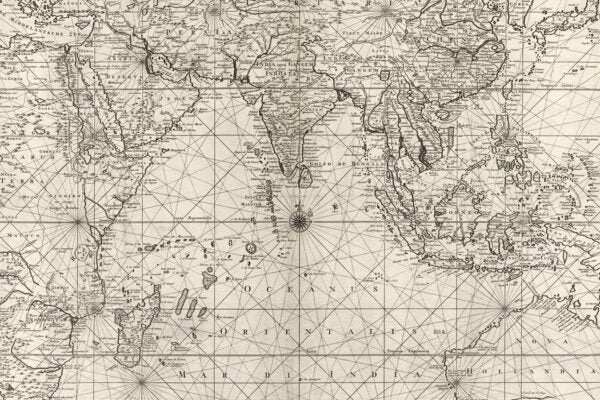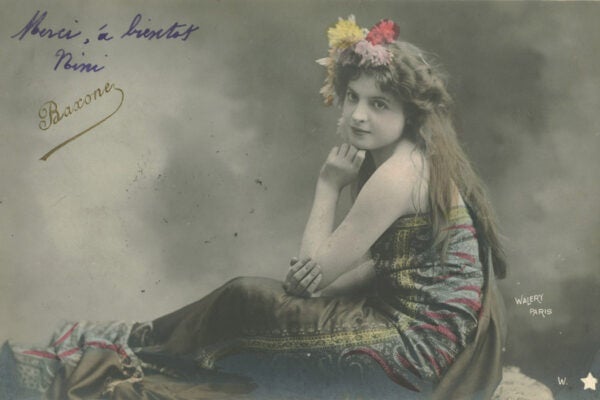A campaign by the segregationist White Citizens’ Councils has been revived by Republican Governors in Texas and Florida. Transports of asylum-seeking immigrants from Texas to New York City and Martha’s Vineyard mirror the “reverse freedom rides” of 1962. Today, these immigrants are often incorrectly referred to as “illegal” since nations that were party to the 1951 United Nations Refugee Convention or the 1967 Protocol are bound by international law to grant asylum to those whose circumstances align with the definitions given in those agreements. The idea, past and present, was to “own the libs.”
“The Reverse Freedom Rides were conceived by the White Citizens’ Councils as a means to embarrass their Northern liberal critics and rally an increasingly divided and demoralized segregationist movement,” notes American Studies scholar Clive Webb, who details the efforts by the New Orleans Citizens’ Council and then others in Macon, Georgia; Little Rock, Arkansas; Jackson, Mississippi; and Shreveport, Louisiana. “The Rides attracted considerable media attention.”
Webb argues that the Reverse Freedom Rides “were conceived as a means of restoring the declining political influence” of the White Citizens’ Councils, which had been established in 1954 to oppose racial integration. At its height, the organization was the “most powerful political force” in support of segregation and had at least 300,000 members. In regional and local chapters, the Councils positioned themselves as the nonviolent arm of George Wallace’s rallying cry, “segregation now, segregation tomorrow, segregation forever.”
The Reverse Freedom Rides originated at the Greater New Orleans Citizens’ Council. The council was fracturing, split over the “acute political embarrassment” caused by its president’s virulently anti-Jewish rhetoric. Webb writes that the Rides originating in Southern Louisiana were the result of “political defeat and personal disgrace” that “compelled the Citizens’ Councils to take increasing desperate measures.”
With “blatant duplicity,” the Councils “made explicit promises of assistance in securing employment and, in some instances, of actual jobs awaiting prospective recruits.” The Capitol Citizens’ Council of Little Rock, in sending recruits to Hyannis, Massachusetts, promised the personal attention of Ted Kennedy, then running for a seat in the US Senate: “President Kennedy’s brother assures you a grand reception to Massachusetts.”
The trips north would serve several political purposes, according to the man who thought of them, George Singelmann of the Greater New Orleans Citizens’ Council. They functioned as a weapon in the propaganda war over Civil Rights, humiliating and embarrassing Northern critics, and they removed local Blacks from welfare rolls. Additionally, the rides could get rid of “dissatisfied Negroes”—purging “the South of an increasingly politicized rural black population.” (About a year before, the Citizens’ Council of America had supported Louisiana Senator Russell B. Long’s bill for the “voluntary repatriation” of Blacks to Africa.) Recently released prisoners were recruited for transportation as well.
While Councils claimed they were sending, or going send, thousands north, even promising to use whole trains, the campaign petered out after a few months. (Fund-raising for the campaign, however, continued at least until February of 1963.) Webb finds evidence that:
Little more than two hundred African Americans participated in the Reverse Freedom Rides. Many traveled to metropolitan centers such as Chicago, Cleveland, New York City, and Los Angeles. Others arrived in less obvious locations such as Hammond, Indiana, and Pocatello, Idaho.
The New York Times called it “a cheap trafficking in human misery on the part of Southern racists.” The Southern press and political establishment, meanwhile, were largely “embarrassed at the cynical manipulation of impoverished African Americans.” Perhaps most lethal for the Councils’ purposes, staunchly pro-segregation newspapers barely paid attention to the story. “Moderate segregationists” had hit upon accommodation “though token compliance with court-ordered integration” as the new name of the game—and a reminder like this of the cruelty and callousness of racism was not on the new agenda.
Webb notes that the “Solid South” of white segregation was breaking up: the rides failed to “stabilize the faltering massive resistance movement.”
Support JSTOR Daily! Join our new membership program on Patreon today.







